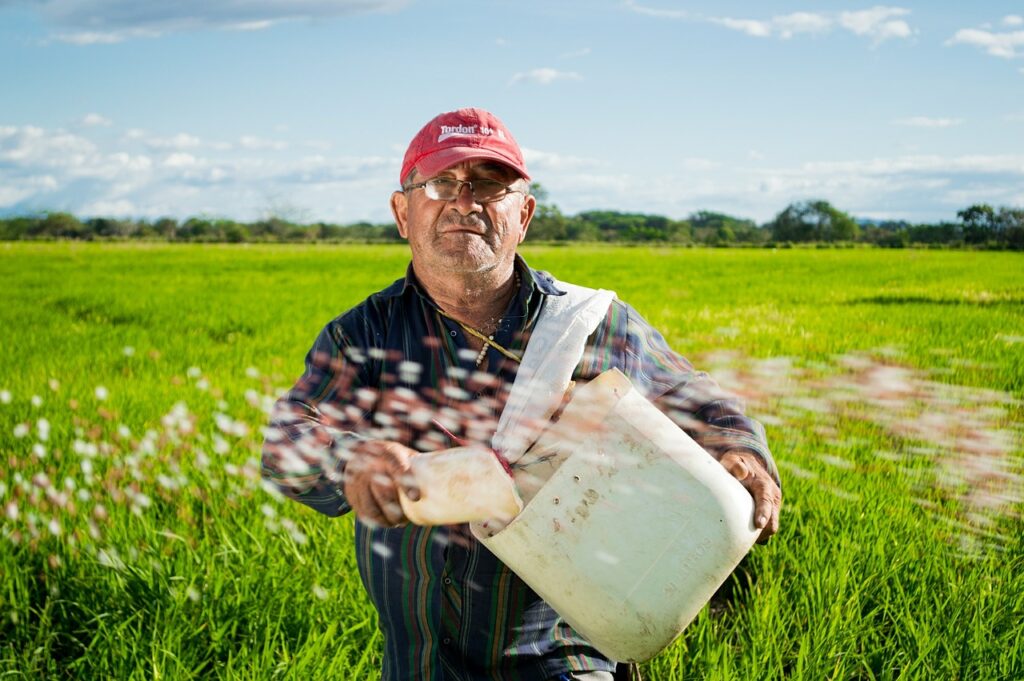What is Flexible Leadership Being flexible is the capability of readily changing (Merriam-Webster, n.d.)1. In…
How crop insurance impacts smallholder farmers
*Image Source: Pixabay
We cannot emphasize more the importance of agriculture. This is the source of food and clothes. This is also the main source of income for rural communities in developing countries.
However, smallholder farmers are faced with challenges and difficulties that hinder their economic potential.
This is where crop insurance comes into play.
Farmers purchase crop insurance as protection against crop loss due to natural disasters such as hail, drought, and floods (crop-yield insurance) or revenue loss due to declines in the prices of agricultural commodities (crop-revenue insurance). For these reasons, crop insurance serves as a safety net and a risk management tool to ensure that farmers can financially recover from any unexpected losses.
Take USA for example. Since agriculture is an important sector of the US economy, which accounts for nearly five percent of Gross Domestic Product (GDP) and nearly 10 percent of U.S. employment, the government worked toward achieving a financially stable agricultural sector through crop insurance.
In 2012, there was a widespread drought in the US which caused the decline of crop prices and farm income. Crop insurance played a critical role in making a huge difference for many farmers that suffered from the drought. According to William Edwards, an agricultural economist at Iowa State University, about 282 million acres of crops were insured and farmers planted an estimate of 326.3 million acres of 16 principle crops in the same year.
In Canada, they have a federal-provincial-producer cost-shared program called the “AgriInsurance Program” which aims to stabilize a farmer’s income by reducing the economic effects of production losses due to natural hazards.
They are also eyeing to improve crop insurance through public-private partnerships. The Canadian government believes that the private sector can contribute their expertise in program design and administration, help improve service to growers as well as the efficiency of administration, advocate program improvement acceleration and provide financial incentives to reduce program abuse.
Developing countries are also benefitting from crop insurance. In India, farmers are covered by rainfall insurance which shifted investments towards cash crops while Ghanaian farmers have increased their cash investments, cultivation area, and labor inputs also through rainfall insurance. The insurance positively changed their planting behavior as more farmers are encouraged to invest more in their farms.
The challenge here, though, is taking the scheme to the farmers. Not all farmers are aware of such program and even if they do, some of them are not buying it because of the expensive cost of the insurance premium.
Another challenge is to make crop insurance sustainable. Most of the previous programs have not exceeded beyond its pilot testing.
In conclusion, crop insurance gives farmers assurance that they can survive any agricultural difficulties and also gives them confidence to invest in riskier, but potentially more profitable farm activities. In terms of having an affordable and sustainable insurance, the support of the government and its partnership with the private sector is needed to address these barriers. Both parties should come up with solutions to lower the price of crop insurance premiums and to raise awareness about its availability and its benefits to the farmers.




